TERMITES: WILL MY NEW HOUSE BE PROTECTED?
Termites – we’ve all heard the horror stories and the expense that is associated with a termite attack. The last thing you want near your new home is termites! So, this week we’ve looked into termites, what they are, the types of barriers, and how to prevent them.
So, click through to find out all about termites and how Westbuilt
keeps your new modular home safe!
WHAT ARE TERMITES?
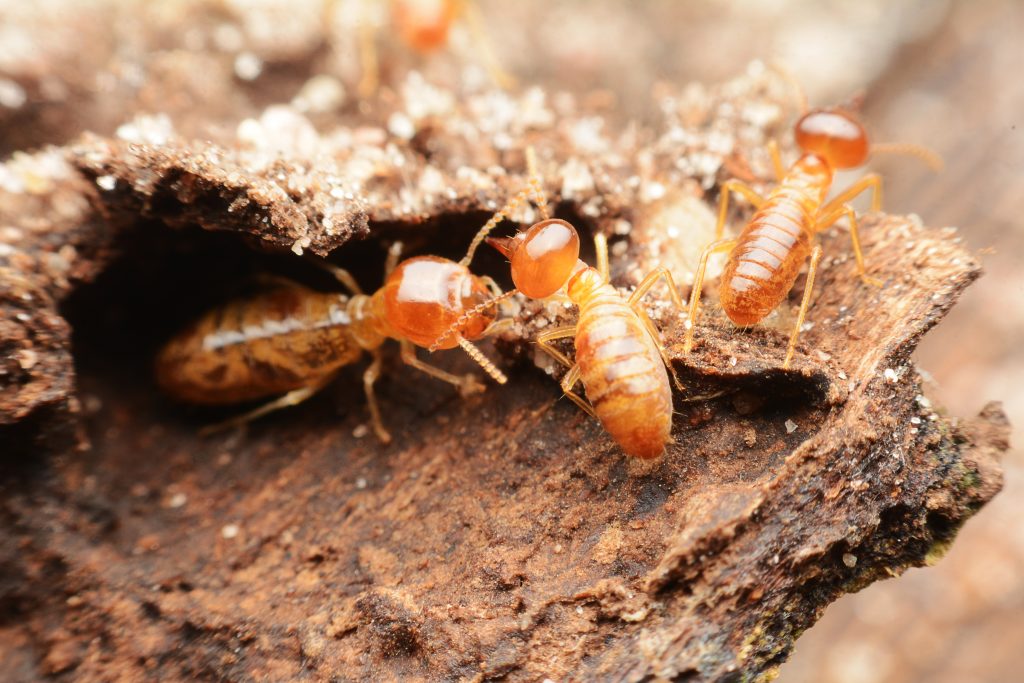
Termites are small, ant-like insects that feed on wood, paper, clothing, etc. They are social insect who build large nests and colonies in trees, soil mounds or underground. They are found right across the world, although the majority are non-destructive.
ARE THERE DIFFERENT SPECIES?
There are over 258 termite species in Australia, although only a few of these are considered wood damaging or destructive. According to the Australian Museum, the key, well-known species are;
The Giant Termite (Mastotermes darwinensis) has the most significant potential for destruction. However, it is limited to the tropical areas of northern Australia. It attacks any wood in contact with the ground, including shrubs and trees, as well as paper, leather, clothing and other materials. It is a large-bodied primitive species that usually forms small colonies and has no worker caste.
The introduced West Indian Dry-wood Termite (Cryptotermes brevis) is considered to be the world's worst termite pest as it can eat even tiny timber objects with few external signs of damage, can quickly take over from native termite species, can survive in quite dry conditions, and is easily transported. If it is found, it should be reported to the relevant government authority. It has been located in Brisbane and Sydney, as well as other areas on several occasions.
However, the most destructive species overall in Australia is Coptotermes acinaciformes. It is distributed throughout the continent and uses tree stumps, living trees, spaces under buildings and even walls as nesting sites. From the nest site, any wooden structure within a 50-metre radius can be attacked via underground tunnels. Although they usually need contact with soil, some nests of this termite species have even been found several floors up in city buildings or on wooden boats.
Source: Australian Museum https://australianmuseum.net.au/learn/animals/insects/termites-as-pests/
Source: Australian Museum https://australianmuseum.net.au/learn/animals/insects/termites-as-pests/
Source: Australian Museum https://australianmuseum.net.au/learn/animals/insects/termites-as-pests/
WHAT PROBLEMS CAN THEY CAUSE TO YOUR HOME?
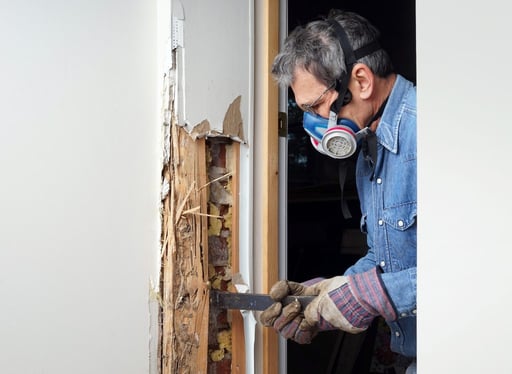
Termites can cause incredible damage to timber homes. As
termites attack the wood from the inside out, it is tough to spot them. As a
result, most people find out about termites after they have left only the skin
of the timber and the structural integrity of the wood is completely gone –
leaving a large damage bill or worse causing the structure to be condemned.
HOW TO PREVENT AN INFESTATION?
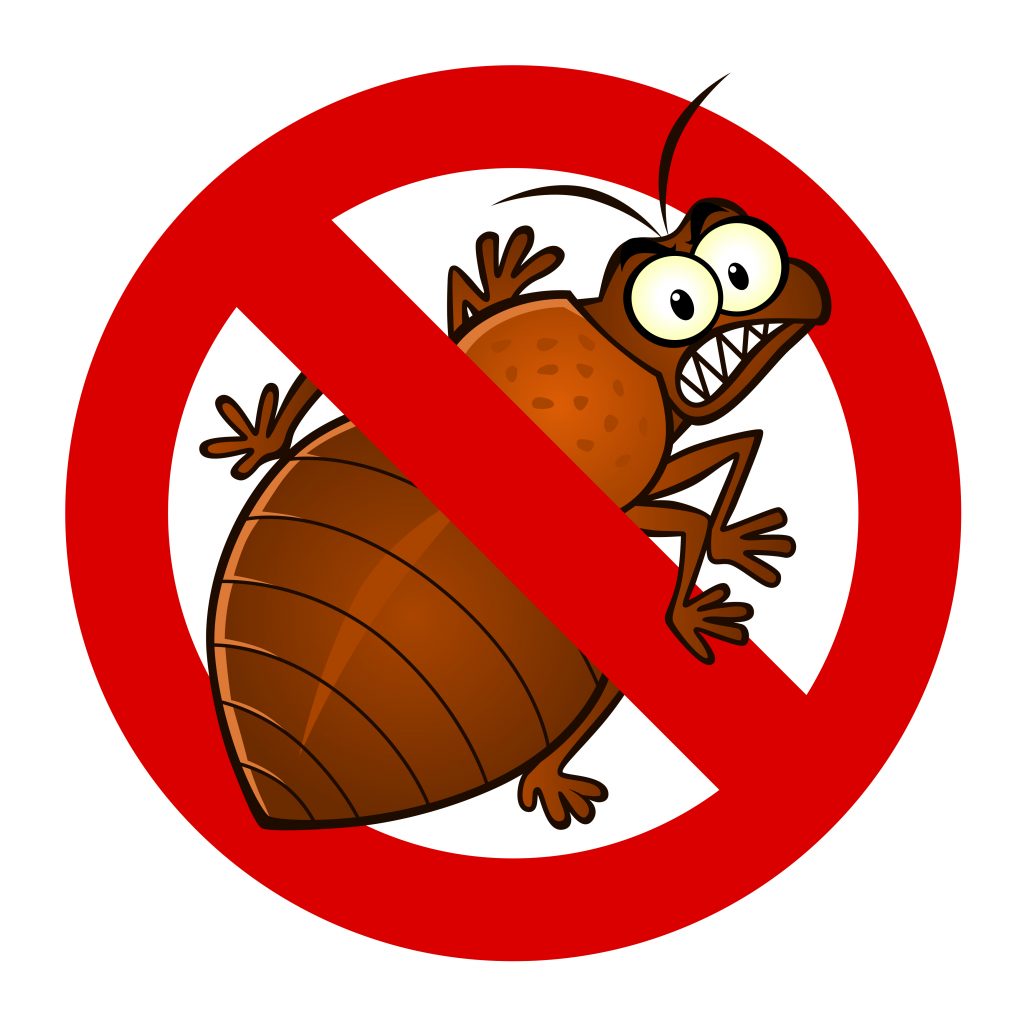
So, how to prevent a termite attack. Thankfully, there are many, many good quality termite management systems on the market that effectively prevent termite infestation. Broadly speaking, they are divided into three main types of systems.
PHYSICAL BARRIERS
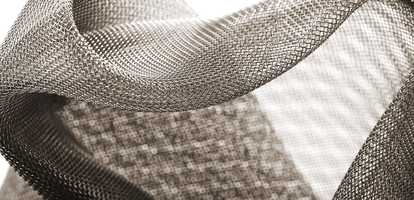
Physical barriers are the most common types of termite barriers. They usually are a small mesh or plastic film which is installed under or on the edge of concrete slabs and penetrations. They also consist of metal ant caps, etc. for stump homes. A physical termite barrier is permanent and is installed during home construction or as part of the structure.
CHEMICAL BARRIERS
Chemical barriers are a treatment that is applied to the soil under and around your home to prevent termites from entering the structure. As the chemical is not a permanent solution and breaks down with time, a chemical reticulation system is typically installed to allow the compound to be re-applied at regular intervals to ensure the chemical barrier remains intact.
TERMITE RESISTANT TIMBER
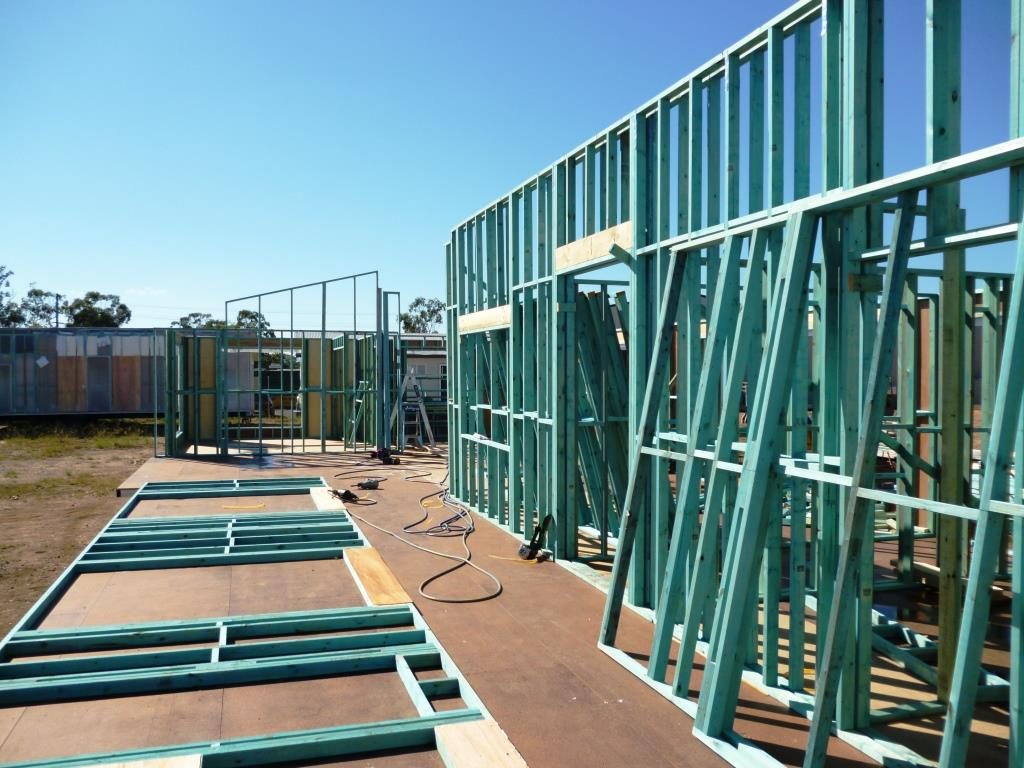
While it is mandatory to install either a physical or chemical termite barrier on every new home, it is wise to ensure that your home is constructed using termite treated structural timber or a naturally termite
resistant timber such as Cypress pine.
SO, WHAT SORT OF TERMITE BARRIER IS INSTALLED IN A WESTBUILT HOME.
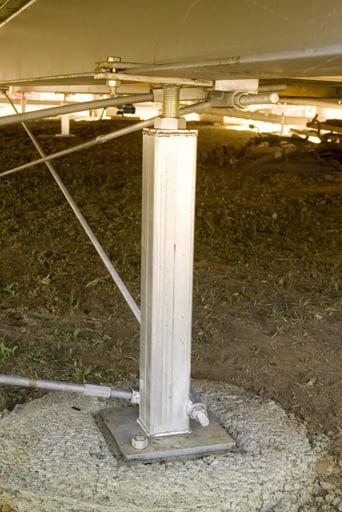
Westbuilt homes use a combination of a physical termite barrier and termite treated structural timber to prevent termite infestation in your new modular home.
Find out more about termites, and what you can do to prevent an attack on your new home by getting in contact with one of our design team here.


